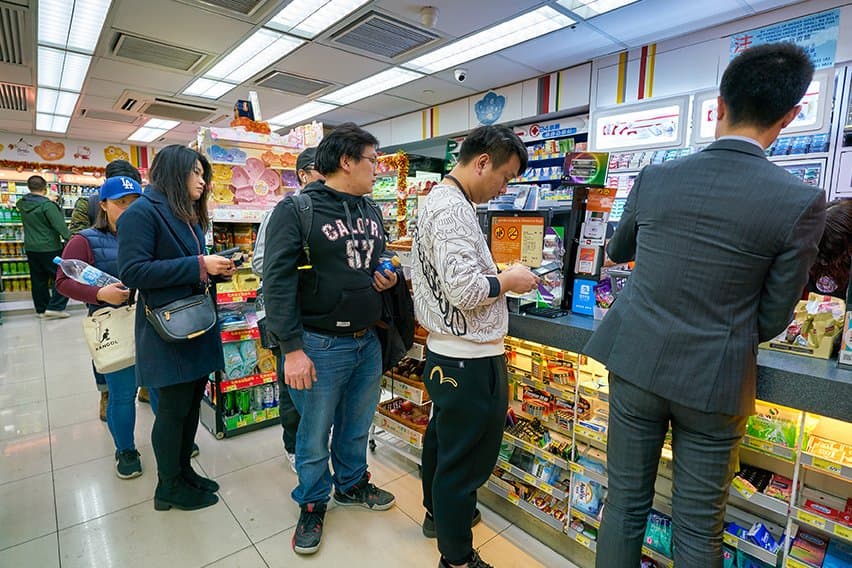
We all enjoy a bit of convenience now and then.
Whether that’s ordering in some food instead of cooking, or grabbing a taxi home instead of walking, it’s nice to be able to treat yourself every once in a while. In fact, a 2019 study found that the average American spends over $4,000 per year on convenience.
So it’s fair to say that America enjoys its convenience. But while those are convenience services - what are convenience goods?
We’ll take a closer look at what types of goods there are in the marketing sector and what the definition of convenience goods is.
The Four Types of Consumer Goods
To fully understand convenience goods, it’s important to see their place in the market in comparison with other goods.
When defining consumer products, they are often classified into four separate categories. These are separated by their different kinds of buying decisions. Convenience, shopping, specialty and unsought products.
Convenience Goods
Convenience goods are items that consumers buy often and easily without putting much thought or emotion into them.
The most common types of convenience goods include newspapers, magazines, confectionery and petrol.
These goods tend to have a base cost that doesn’t vary much from shop to shop. So the consumer won’t put much thought into the price unless it falls outside of their expectations.
For example, if somebody went to buy a gallon of milk and it cost $3 they wouldn’t think much of it. But if somebody went to buy a gallon of milk and they were charged $10-15, they would be taken aback.
Shopping Goods
Shopping products contrast to convenience goods as they are products that consumers tend to not buy on a whim.
They are usually more expensive than a convenience good and are only purchased occasionally. The consumer will also be more likely to shop around to get the best price and quality.
There is more thought put into the marketing of shopping goods. People will want to know that they are getting the best quality product for their pricing point. So companies will have to do more to prove that their product has the best all-around value.
Specialty Goods
Specialty goods are goods where the price is not the driving factor.
People will go to great lengths to purchase specialty goods. Whether these goods have a special meaning to someone, or they are custom-made or one-of-a-kind or they are a luxury good that holds a certain status.
For example, someone may be far more willing to pay a larger premium price for a Rolex watch than they would for a normal, cheaper watch. Even though the cheaper watch has exactly the same features.
That is because they are putting a certain status on having a Rolex watch that a different brand does not have.
Unsought Goods
Unsought goods are products that a consumer never hopes or plans to buy. This is either because the customer is unaware of the product, doesn’t need the product, or because they don’t want to have to buy the product.
For example, a customer will never hope to purchase funeral services.
How Do You Market Convenience Goods?
The key to convenience goods is simply to make the shopping experience as convenient as possible.
That’s why you often see convenience products like gum, chocolate or snacks near the til in a shop. This is because it’s easy to pick up something that has a minimal price point as an afterthought.
The quicker that a customer can get hold of the product and get out, the happier they will be.
That’s why you see online retailers such as Amazon introduce things like “one-click buying”. If you’re grabbing something small you don’t want to have to put in all of your card details and your address. You just want to click once or twice and have it arrive at your doorstep.
So it’s clear that the best way to market convenience goods is by making them even more convenient.
Key Takeaways
The way people shop has slowly been changing in the past few years.
Fewer people are going to physical stores and more people are choosing to shop online. This is because, for the average consumer, the convenience of not having to leave your home outweighs having to wait to receive the goods.
Ease of sale equals more sales. Convenience is key.
Are you looking for more business advice on everything from starting a new business to new business practices?
Then check out the FreshBooks resource hub.












